From folk patterns to IKEA—why Nordic textile design is the heart of modern minimalism.

In a world where textile designers are constantly challenged to stand out, the pressure to go bold can be overwhelming. But what if the secret to timeless appeal isn’t more complexity, but less of it?
As our lives grow louder—more notifications, more content, more choice—what resonates most isn’t always the flashiest statement, but the quietest one. Simplicity, in this sense, becomes a form of clarity—a way to cut through the noise not by competing with it, but by stepping aside. In design, as in life, restraint invites us to slow down, notice the details, and reconnect with what truly matters.
Over the past decade, Scandinavian minimalism has shaped a global visual language—clean lines, soft textures, and tonal restraint have become design staples, especially in interior textiles. But as the aesthetic matures, designers are now searching for new ways to evolve this familiar style—retaining its essence while breathing new life into its form.
Scandinavian design helped redefine the meaning of minimalism—from folk patterns and functional forms to icons like IKEA and Marimekko. It showed the world that refined aesthetics and everyday utility can coexist—and that the right tools, like those from NedGraphics, should empower that kind of clarity.
We’ll trace the journey of Scandinavian design from its folk roots to its global influence in modern interiors. Along the way, we’ll explore:
This isn’t just about decorating with neutrals. It’s about designing with purpose—and having the tools to do it well.
Scandinavian design didn’t emerge from opulence, it was born from necessity. In the Nordic countries, where winters are long and light is fleeting, daily life demands more than shelter. It called for spaces that were not only practical, but emotionally uplifting. The aesthetic we now call minimalism was, in its origins, a quiet act of survival, designed as a balm for the darkness, a method for making the ordinary sacred.
By the early 20th century, this sensibility began taking shape through a distinct visual and cultural language. Architects and designers like Alvar Aalto, Arne Jacobsen, and Maija Isola championed a radical yet modest idea: strip away the nonessential and focus on what serves both form and feeling. Their approach was deeply influenced by the Bauhaus movement, which rejected ornamentation in favor of utility and rationality. But where Bauhaus was industrial, Scandinavian design remained human. It softened geometry with organic curves, celebrated local materials, and emphasized comfort as a form of dignity.
—Alvar Aalto
Their work wasn’t just modernist—it was humanist. The home, they believed, should be a place of restoration. Beauty wasn’t reserved for the elite; it was a right for everyone. This belief seeded what would become a defining trait of Nordic design: the democratization of good taste. Elegance and accessibility could coexist.
By the 1950s, these values had transcended borders. Scandinavian furniture and textile design began influencing global markets, especially through the rise of companies like IKEA, which translated Sweden’s space-saving, light-filled philosophy into mass-market success. At the same time, Marimekko’s bold textile prints offered a counterpoint—proof that minimalism could still express personality, energy, and joy. The world took notice. Scandinavian minimalism, defined by neutral palettes, tactile materials, and purpose-driven form, had become more than a regional style. It was a statement of modern life.
Yet, its essence has remained remarkably stable. Rooted in craft, climate, and community, Scandinavian design continues to resonate. And today, as sustainability, wellness, and conscious consumption move from trend to necessity, designers are once again turning to the Nordic model—not for nostalgia, but for clarity. Its timelessness lies not in any single look, but in its values: restraint over excess, warmth over spectacle, and the belief that design should quietly improve life, not overpower it.
At the core of Scandinavian design lies more than just visual restraint, it’s a reflection of deeply held cultural values. Two concepts in particular, hygge (Denmark and Norway) and lagom (Sweden), have shaped the region’s approach to space, function, and feeling.
Hygge is the pursuit of everyday comfort. Warm lighting, soft textures, shared meals, and moments of quiet connection. It’s not about luxury, but about creating environments that nurture the spirit during long winters and busy lives. In design, hygge translates into inviting materials, gentle tones, and layouts that encourage togetherness and calm.
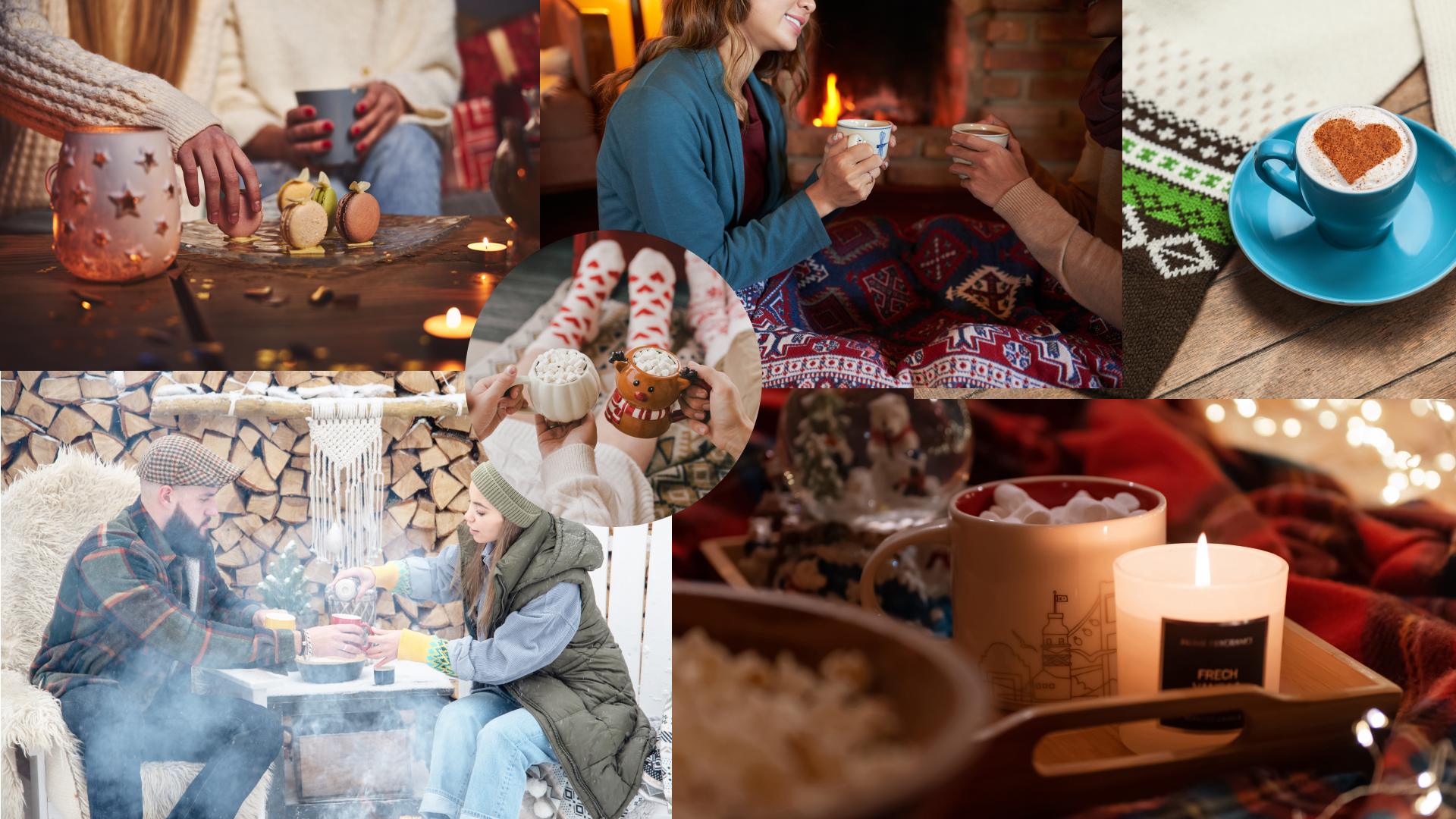
Lagom, on the other hand, means “not too much, not too little”, just right. It’s a principle of balance, and it manifests in Scandinavian interiors through moderation, functional efficiency, and a rejection of excess. Rather than overfilling a space, designers aim for harmony: in proportion, color, and purpose.
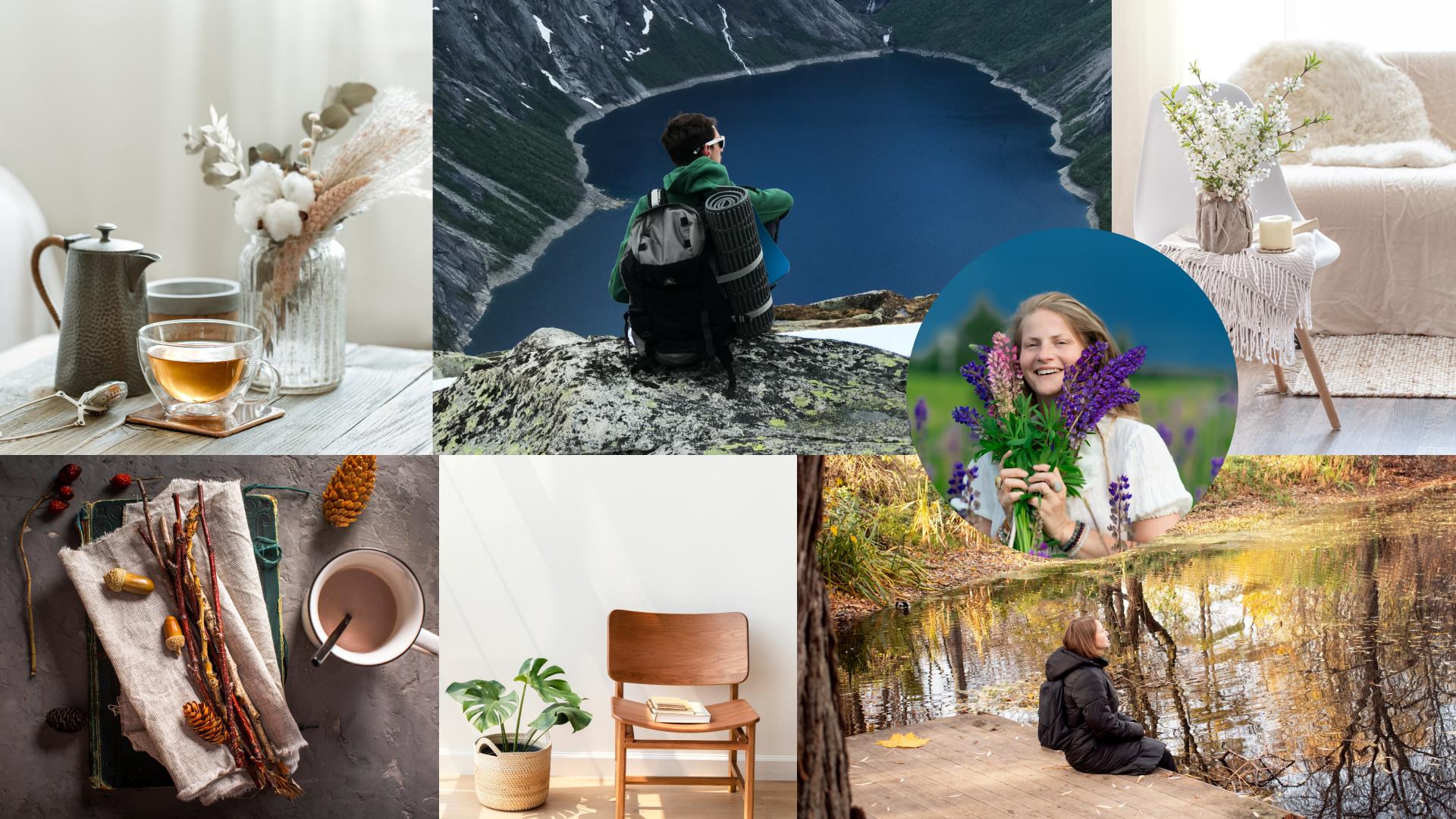
Together, hygge and lagom form a cultural blueprint that has deeply influenced Scandinavian minimalism—turning pared-back design into something warm, livable, and profoundly human.
Scandinavian minimalism is often recognized by its visual cues, neutral colors, clean lines, airy compositions, but its true power lies in something deeper: a mindset. One that values intention over excess, craft over trend, and human need over visual noise.

At its heart, this approach asks a simple question: Does this serve a purpose? Not just in function, but in feeling. In textile design, that question guides decisions about pattern density, color restraint, and material choice. The result isn’t sterile: it’s sensitive. A well-crafted fabric, like a well-planned room, leaves space for people to breathe, move, and live.
In today’s design culture—shaped by sustainability, wellness, and a desire for long-term value—Scandinavian minimalism responds not with ornament, but with clarity. It encourages textile designers to think holistically, where tactility, emotional atmosphere, and construction work in quiet harmony.
It continues to evolve, not because it follows trends, but because it offers something increasingly rare: a sense of peace in a world of plenty.
Before Scandinavian minimalism became synonymous with neutral palettes and sleek silhouettes, it was rooted in traditions far more textured and expressive. Across Finland, Sweden, Norway, and Denmark, generations of artisans wove stories into their textiles, functional, deeply symbolic, and often made to last a lifetime. These ancestral forms didn’t just decorate a space, they grounded it, emotionally and culturally. And their influence continues to shape modern design, often in subtle but powerful ways.
Dating back to the 15th century, rya rugs began as bed coverings for cold Nordic nights. With plush pile and geometric patterning, they became prized heirlooms. Though maximalist by modern standards, their warmth, symbolism, and function align perfectly with Scandinavian design’s soul.
Today, designers reinterpret rya aesthetics using tools like NedGraphics Tuft, blending softness and structure to create minimalist carpets rich in texture.
The Sámi people, Indigenous to northern Scandinavia, preserve a rich textile tradition through gákti garments, embroidery, and weaving. Patterns in Sámi textiles are not just decorative, they are deeply tied to identity, region, and ceremony. Bright colors, symmetrical geometry, and detailed woven bands known as duodji carry stories of migration, nature, and family lineage.
As cultural inclusion and craft preservation take priority, Sámi design influences are reemerging—not as a trend, but as tribute. Their rhythmic symmetry and linework continue to inspire modern minimalists seeking deeper meaning in their motifs.
Across Scandinavia, countless textile traditions inform the region’s aesthetic DNA.
In Sweden, bändväv (band weaving) is used to create narrow, highly patterned strips that were once functional straps but now inspire trim and border work in modern fabric design. Techniques like bindningslära (binding theory) form the technical backbone of woven structure education—relevant still to those working in digital weave simulation tools like NedGraphics’ Easy Weave or Weave for Adobe Illustrator.

Even Norwegian knitting traditions—like the iconic Selburose star motifs, offer models of repetition and restraint, easily translated into scalable, production-ready designs using NedGraphics’ Easy Knit or Knit for Adobe Illustrator solutions.
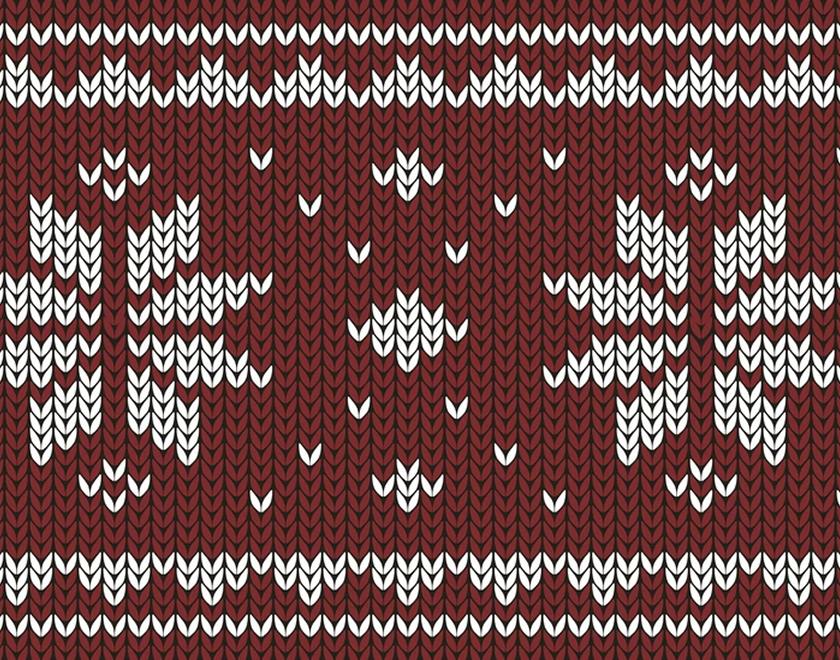
Scandinavian minimalism, then, is not a break from the past—it’s a refinement of it. Modern designers carry forward these historic structures, crafting new interpretations with the same quiet dignity.
One of the most enduring contributions of Scandinavian design is its belief that beauty shouldn’t be exclusive. Rooted in the region’s social democracies, the movement embraced the idea that well-designed objects should be accessible to all, not just the affluent.
This transformed design from a luxury into a daily utility—where a teacup, a curtain, or a chair could be elegant and affordable. Brands like IKEA and Marimekko made form and function inseparable, without sacrificing integrity.
For textile designers, this legacy serves as a reminder: great design doesn’t need to be loud or rare. Scandinavian minimalism proves that simplicity can be generous—and that everyday life is worthy of thoughtful attention.
While the foundations of Scandinavian design remain timeless, today’s creators are expanding the aesthetic with bold and purposeful innovation. Minimalism is no longer about absence—it’s about precision, adaptability, and conscious storytelling.
NedGraphics empowers designers to digitize, manipulate, and reimagine historic motifs with both creative freedom and precision control. Whether you’re adapting a muted Oushak palette for a high-end contemporary carpet collection or layering Tabriz floral motifs into a modern bohemian print, NedGraphics’ tools help you preserve the soul of tradition while making it newly relevant.
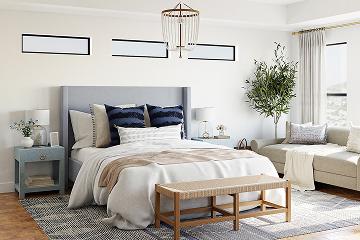
Neutral tones remain key, but bold hues like olive, rust, and navy bring depth and energy
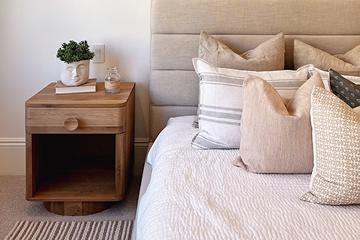
Tone-on-tone weaves, layered knits, and tactile surfaces add quiet richness
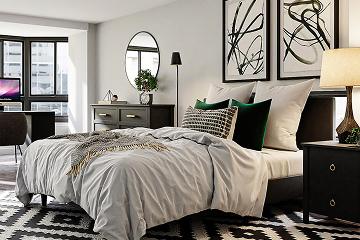
Hand-drawn motifs and asymmetry embrace softness and humanity
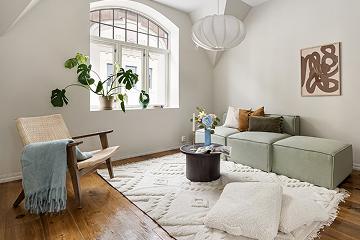
Versatile textiles meet the needs of small spaces and changing seasons
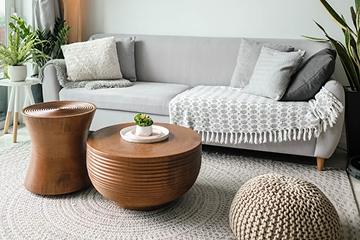
From GOTS-certified materials to closed-loop systems, ethics and aesthetics go hand in hand
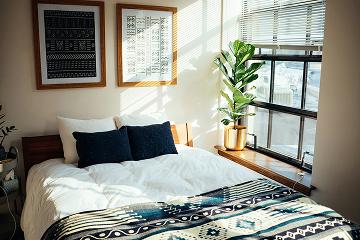
Traditional Nordic and Sámi motifs reimagined in minimalist formats
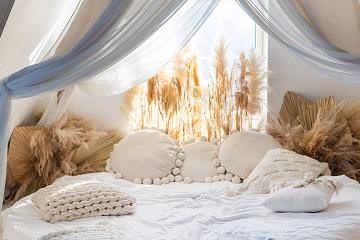
Materials and palettes that soothe, breathe, and support emotional wellbeing
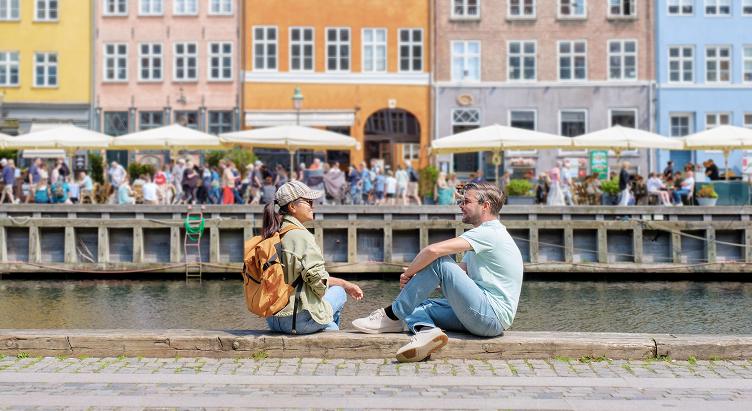
In the hum of modern life, where visual saturation and fast design often crowd the creative process, Scandinavian minimalism offers something radical: stillness. It’s not just a style, it’s a pause. A moment to consider what truly belongs in a space, in a pattern, in a life. And that pause is where meaningful design begins.
The power of Nordic aesthetics lies not in what is added, but in what is allowed to remain. Rooted in centuries of craft, culture, and climate, Scandinavian design continues to resonate because it honors both form and feeling. It asks not just how something looks, but why it matters.
For textile designers, this is more than a visual approach, it’s a mindset. One that values clarity over chaos, purpose over ornament, and empathy over ego. It’s about creating fabrics that speak softly but carry depth, pieces that support how people live, feel, and connect.
As you move forward in your own creative practice, consider what can be simplified, what can be reimagined, and what deserves space. Let the wisdom of Scandinavian design remind you that beauty doesn’t need to shout—it only needs to be honest.
In a world that often feels over-designed, perhaps the most innovative thing you can do is design with restraint and lead with intention.
Your NedGraphics Team